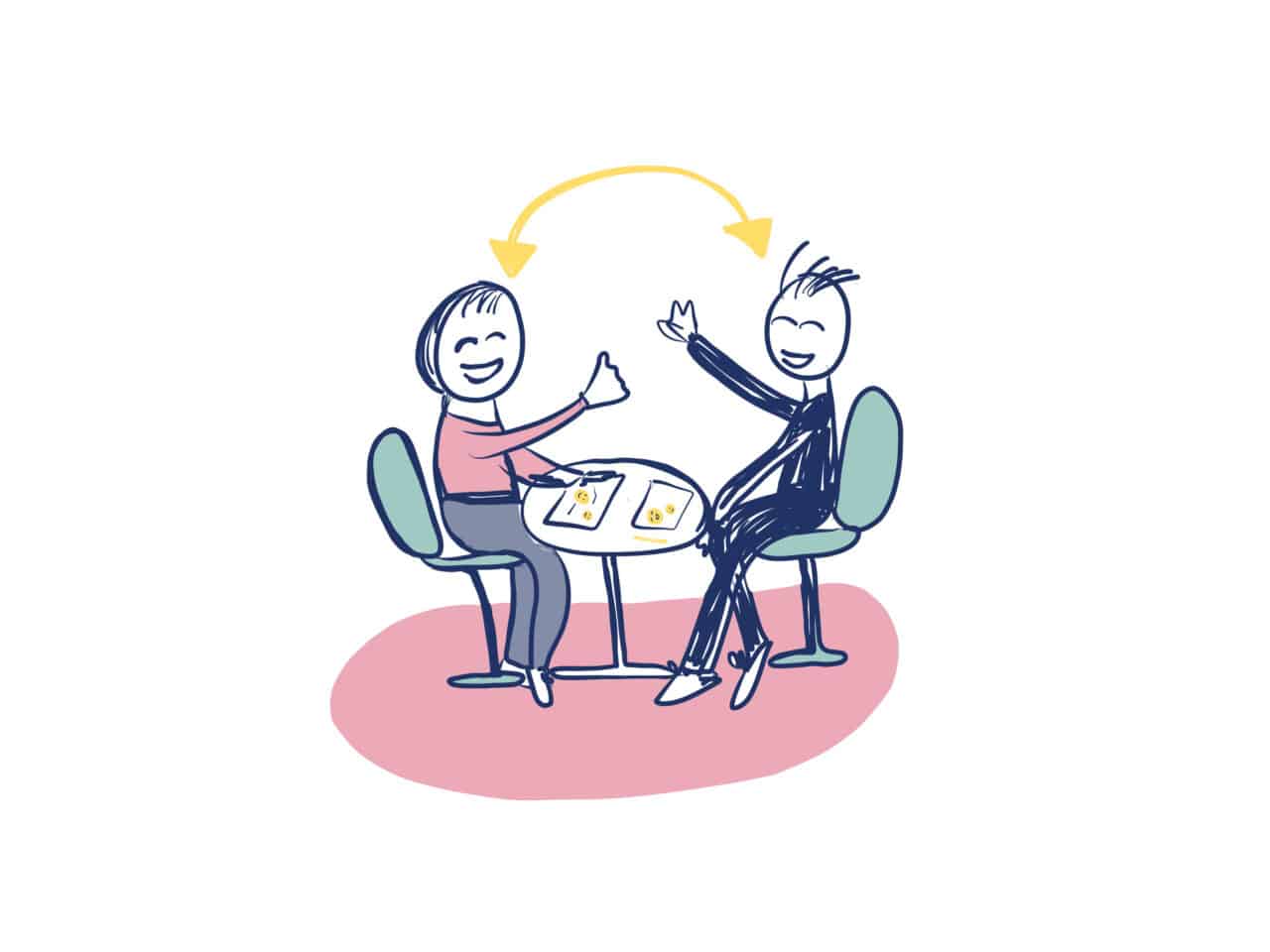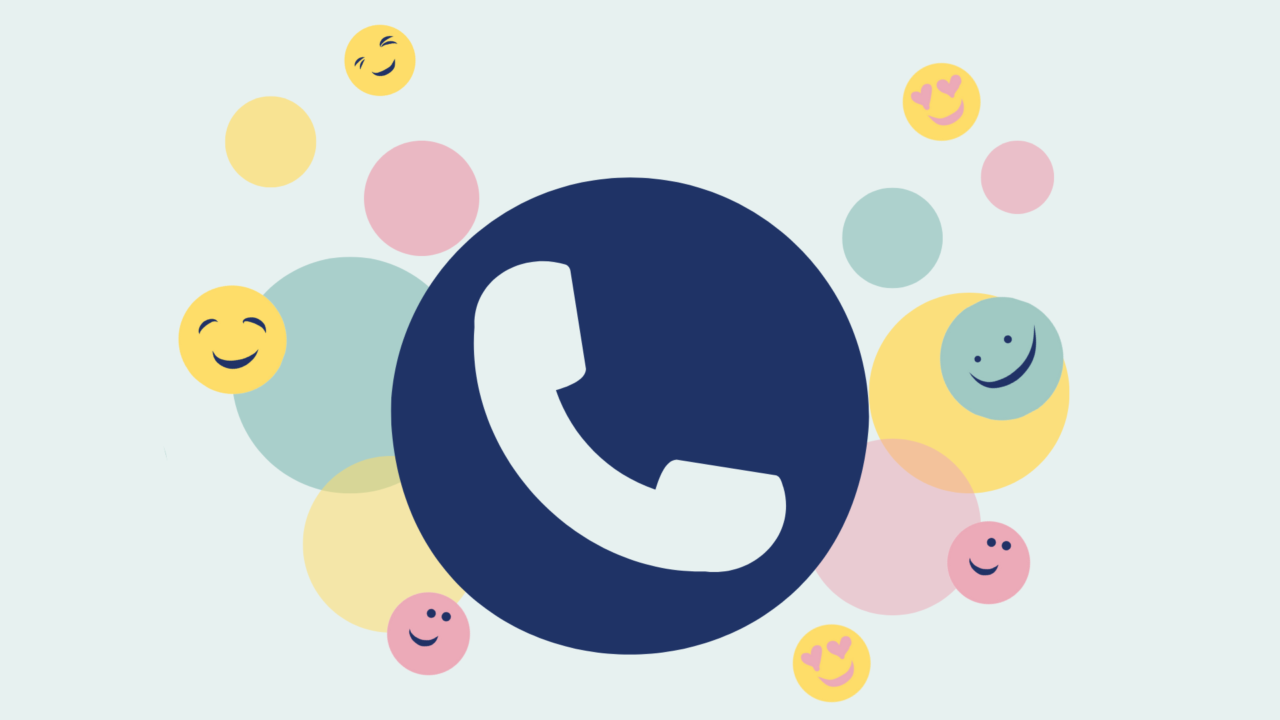

Rethinking customer service wait times for a seamless experience
What causes the most frustration for customers when contacting customer service is wait time. When reaching out to a contact center, waiting on hold is a frustrating experience. Especially if you as a customer don’t know how long you will have to wait. What are acceptable customer service wait times? What factors influence wait times? What can we do to improve the overall customer experience? These are the questions we will discuss in this article.
The cost of waiting: defining acceptable wait times
When we talk about acceptable wait times in this article, we are referring to the amount of time customers are willing to wait on hold before reaching a customer service representative. These wait times can vary depending on the nature of the question, customer expectations, industry standards, and the efficiency of the contact center.
We see that striking the right balance between reducing wait times and providing effective support is crucial to maintaining customer satisfaction. Answer your customers quickly, but don’t rush the customer you are currenctly helping.
How long are customers willing to wait?
The perception of acceptable wait times is often influenced by individual expectations. Customers may have different levels of urgency or patience based on the nature of their issue. Make sure you understand the needs of your customers and set the appropriate service level targets accordingly.
Different industries have varying expectations when it comes to acceptable wait times. Urgent matters, such as healthcare or emergency services, generally require immediate attention, whereas less time-sensitive industries may have longer acceptable wait times. This can also differ between channels.
Based on the questions you get, there could be opportunities for proactive support to meet and answer questions head on. For example, when a customer places an order online, they expect an immediate confirmation in their inbox. If there is a delay of even a few minutes, they will most likely contact you for confirmation that their order went through. Looking at the questions you get, as well as when the questions arise can give you ideas of where you need to provide preemtive support.
Strategies to reduce wait times
Contact center capacity
The capacity of your contact center to handle incoming calls plays a significant role when it comes to wait times, abandoned calls and customer satisfaction. Staffing, efficient call routing, and technological solutions are factors that affect your ability to answer and resolve tickets.
Call volume patterns
Call volume patterns fluctuate throughout the day, week, or even seasonally. By analyzing historical data and leveraging forecasting techniques you can anticipate peak hours and staff accordingly. This proactive approach minimizes the risk of prolonged wait times during high-demand periods.
Enhancing the customer experience
Clear communication with customers
Keeping customers informed while they wait is crucial in managing their expectations and reducing frustration. Implementing features like estimated wait time notifications or position in the queue updates allows customers to make informed decisions and alleviates anxiety during the waiting process.
Multichannel support
Expanding support beyond traditional phone lines can offer customers alternative channels to seek assistance. Live chat, email, and social media platforms provide additional avenues for customers to reach out, reducing dependency on phone calls and potentially reducing wait times.
Continuous improvement of your customer service
Regularly reviewing and optimizing contact center processes is essential in reducing wait times and enhancing customer satisfaction. Utilizing customer feedback, analyzing call data, and adopting innovative technologies can help identify areas for improvement and ensure a seamless customer experience.
Technology to streamline processes
First of all, don’t keep you customers waiting. Tools such as call-back systems or interactive voice response (IVR) systems with intelligent call routing are a great place to start when talking about decreasing queue times.
Once these are in place, you can start looking towards tools such as online knowledgebases, which is a tool that helps customers to find answers to common questions without contact a customer support agent. You can also consider a chatbot or voicebot equipped with natural language processing capabilities can expedite issue resolution, improve efficiency, and decrease customer frustration.
Leveraging these technological advancements can enhance the overall customer experience, providing opportunities to streamline processes and reduce wait times.
Summary
While no custsomer wants to be kept waiting, acceptable wait times in customer service centers are influenced by various factors. By understanding customer expectations, industry standards, and optimizing contact center operations, you can strike the right balance between reducing wait times and delivering excellent customer service.
Leveraging self-service options, effective communication, and innovative technologies can help create a seamless and efficient customer experience.
By continually assessing and improving processes, businesses can provide the high-quality support customers deserve, fostering trust and loyalty in an increasingly competitive marketplace.
Read more (in swedish) about Swedes’ frustration with customer service and how waiting time affects the customer experience.


